Trump’s plan: Recasting the region through peace by force - By Amer Al Sabaileh, The jordan Times
US President Donald Trump has set out his plan to end the war in Gaza as a central reference point for all parties, a framework through which he seeks to implement his broader vision of peace in the Middle East. In truth, what he presented is not fundamentally different from what he has long repeated. What has changed is the way it has been imposed — a translation of the rhetoric dominating his era, where “peace by force” is advanced as a doctrine, one that will be imposed on all if it cannot be reached voluntarily.
From another angle, the American proposal can hardly be viewed as acceptable to Hamas. On the contrary, it amounts to a formula of enforced surrender, designed to push Hamas out of the scene altogether, fully aligned with Netanyahu’s preferences and leaving Hamas and its allies with unprecedentedly narrow room to manoeuvre. Hamas’s response reflected this reality: agreeing to release both living and deceased hostages in one move. This was the single most important point, crafted to appeal to President Trump’s vanity and give the impression of a breakthrough peace, the very legacy Trump seeks at this stage.
Yet Hamas’s counterpoints represent a major departure from what has been put on the table before. By positioning itself as an inseparable part of the Palestinian political scene, linking the question of disarmament to a Palestinian authority, and most importantly raising the demand for a Palestinian state and a governing framework for Gaza, Hamas signalled its intention to adopt a model closer to Hezbollah’s role in Lebanon: retaining internal presence while safeguarding the ability to influence domestic politics. While these demands are unlikely to be a priority for the US administration now, no party can oppose the immediate focus on halting the war and releasing the hostages. Achieving that objective seems realistic, and it may compel Israel to postpone its military response, though the broader issues will remain deeply contentious in the stages ahead.
Regionally, what does “peace by force” mean for Iran? Tehran now finds itself in perhaps its most vulnerable position, facing deeper international isolation, renewed sanctions, and diminishing leverage across fronts that once served as bargaining chips. Iran is acutely aware of this. After his recent visit to Beirut, Ali Larijani underscored Hezbollah’s capabilities and the effort to rebuild them, a symbolic reminder that the fronts along Israel’s borders are not closed and can be reactivated in any future confrontation.
“Peace by force” may well become the defining label of the Trump administration, and its logic applies most of all to Iran. Israel, which never abandoned the idea of targeting assets inside Iran since the 12-day war last June, may find in this American strategy its clearest justification. It places Iran under the direct threat of confrontation not only with Israel, but also with the United States and potentially the broader international community.
Israel’s swift embrace of Trump’s vision reflects a new reality: Trump has become both the enforcer and guarantor of peace. And it is a peace that aligns almost perfectly with Israel’s core interests: shaping the future of Gaza on its terms, avoiding real pressure on the West Bank, and extending a regional framework that runs from Syria to Lebanon and ultimately to Iran. As Trump touts the expansion of the Abraham Accords and speaks of a “coming peace,” Iran is cast as the main obstacle, indeed, the root cause of instability. After all, this version of peace explicitly seeks to dismantle militias and weapons, which are the very backbone of Iran’s regional strategy.
In other words, starting with Gaza may lead inevitably to confrontation with Iran. Dismantling these fronts under the banner of peace makes the Iranian arena the central battleground, leaving Tehran with very limited options. This is not a peace extended with an open hand, but one imposed under the drumbeat of war. The administration’s motto repeated often, especially with the symbolic move of renaming the Department of Defense as the Department of War, is clear: if you want peace, you must prepare for war.
Latest News
-
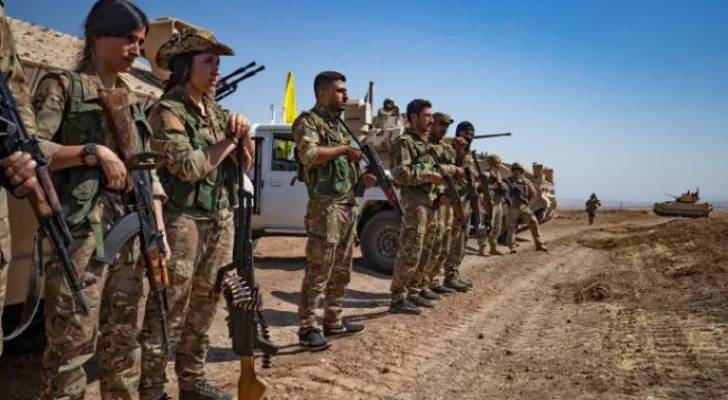 Syrian defense minister announces "comprehensive ceasefire" with Kurds
Syrian defense minister announces "comprehensive ceasefire" with Kurds
-
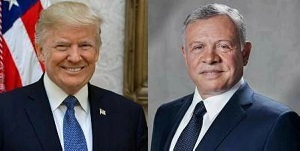 King holds phone call with US president
King holds phone call with US president
-
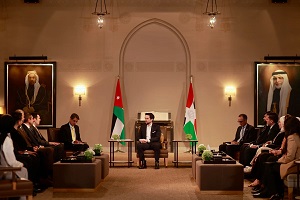 Crown Prince meets winners of Al Hussein Award for voluntary service
Crown Prince meets winners of Al Hussein Award for voluntary service
-
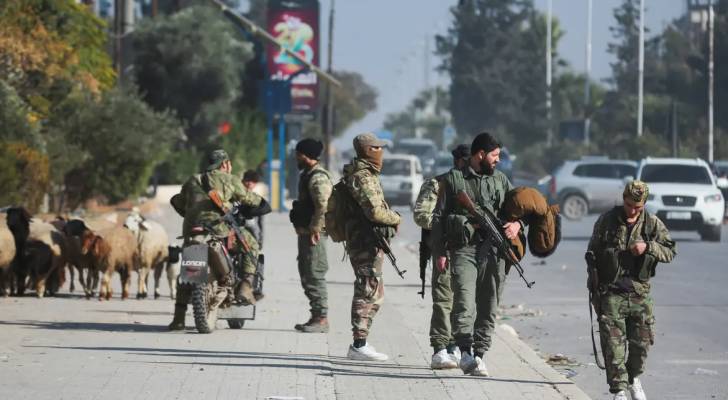 Clashes erupt in Aleppo between Syrian army and SDF, dozens displaced
Clashes erupt in Aleppo between Syrian army and SDF, dozens displaced
-
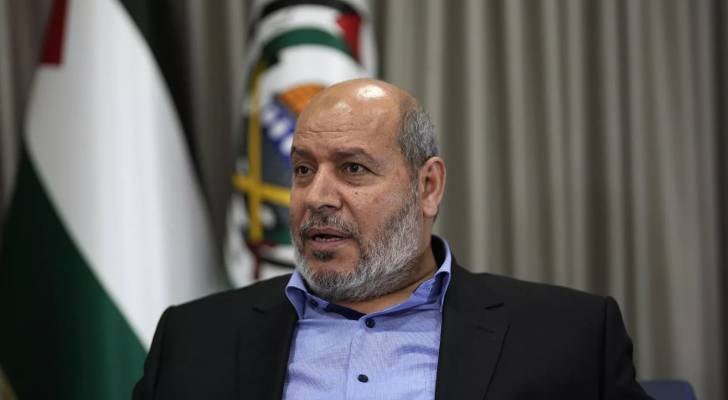 First round of Gaza talks concludes in ‘positive atmosphere': Egyptian media reports
First round of Gaza talks concludes in ‘positive atmosphere': Egyptian media reports